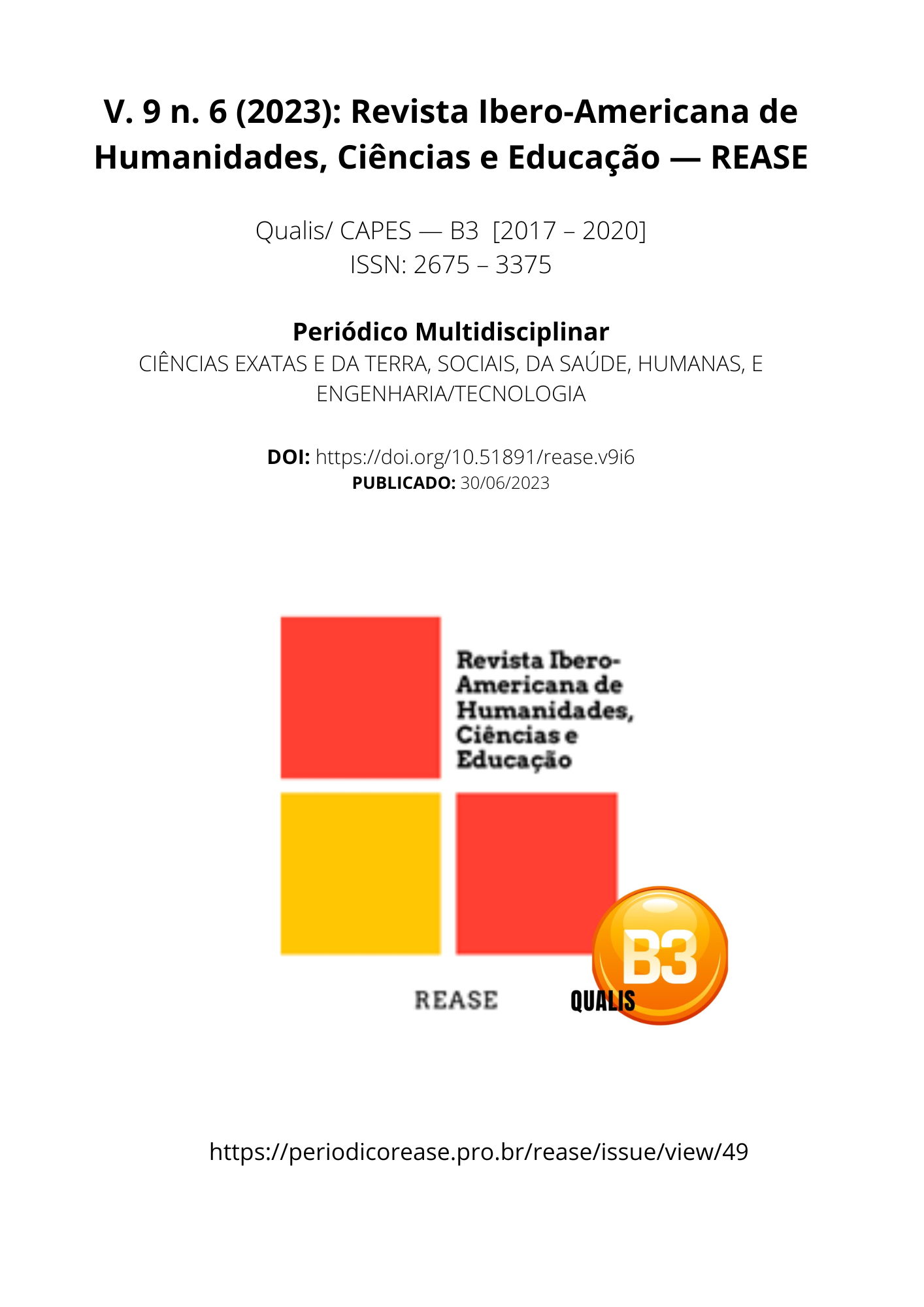ARTIFICIAL INSEMINATION IN EARLY HEIFS - ADVANTAGES AND DISADVANTAGES
DOI:
https://doi.org/10.51891/rease.v9i6.10369Abstract
Brazil, when it comes to livestock, we notice that over the years, there has been a great advance, thus forming, at present, the largest herd in the world. In the meantime, reproduction is a primordial aid to recognize management failures, and together with these factors it is possible to overcome and minimize these failures in our Brazilian livestock. Therefore, recommend the use of heifers for better efficiency, taking into account that the younger the age for insemination, the better the gain, considering that the first crosses will have better reproductive benefits. Knowing this, this article sought to analyze the advantages and disadvantages of artificial insemination in precocious heifers, aiming to have a good productivity and a good genetic improvement in livestock. However, to achieve improvement it is necessary to rely on artificial insemination and other factors that help in the effectiveness of reproduction, factors such as synchronization protocols and herd supplementation.
Downloads
Downloads
Published
How to Cite
Issue
Section
Categories
License
Atribuição CC BY

